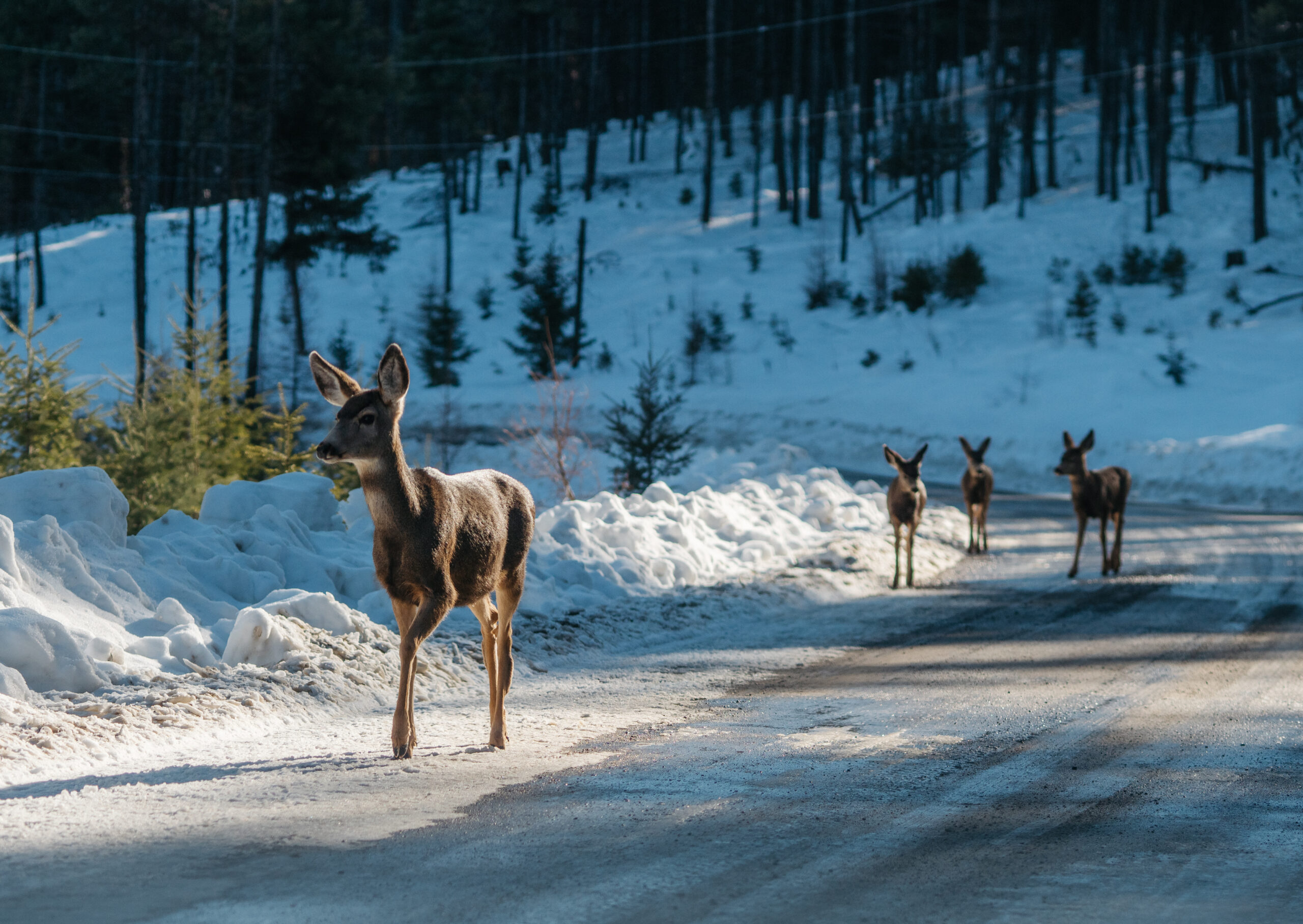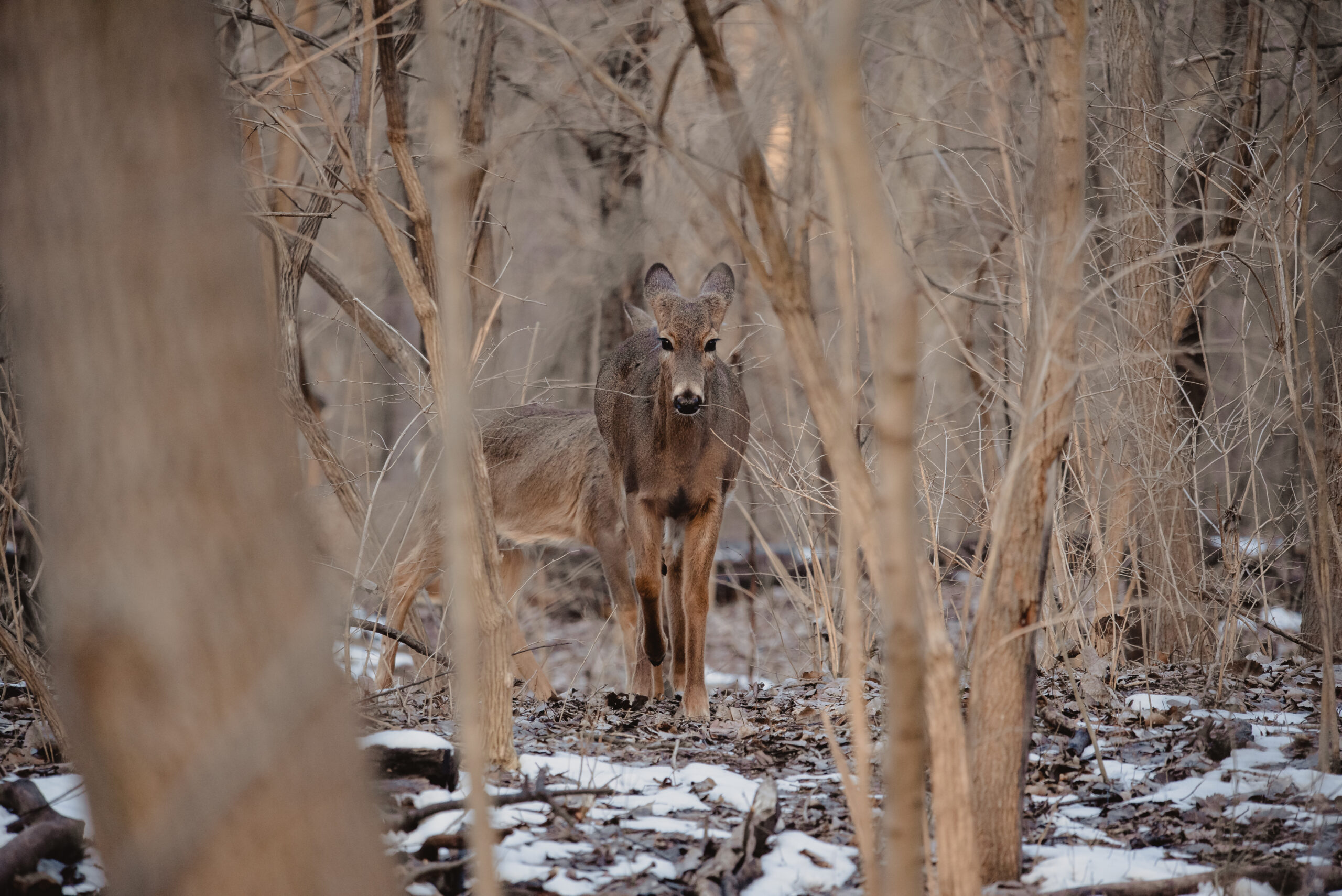
B.C. has a new policy for staking mining claims. Why doesn’t anyone like it?
B.C. previously allowed mineral claims without First Nations consultation. It was court-ordered to fulfill its...
Knowledge Keeper and hunter Robin Louie is worried.
Worried his people’s food security, Traditional Knowledge and culture will suffer yet another hit with the dreaded arrival of chronic wasting disease in their territory in the southern Kootenays.
“It’s a serious issue,” said Louie, an executive with the Ktunaxa Nation Council, which includes four First Nations.
“Our nations generally eat a lot of wild game.”
On Tuesday, B.C. launched its first set of new rules to try to stem the spread of chronic wasting disease, also dubbed the zombie deer disease, after recently confirming two deer south of Cranbrook tested positive.
The fatal neurological disease has no cure and affects cervids like moose, deer, elk and caribou and is almost impossible to eliminate once it’s established in wild populations.
Caused by abnormal proteins, or prions, that collect in the brain, spine and lymph nodes, the disease in its late stages leaves animals extremely skinny and exhibiting strange behaviour like stumbling, drooling and increased drinking and urination.
The province has tracked the disease’s advance from the west and south of the U.S. border with increasing alarm — particularly after it was found in animal populations within 50 kilometres of the B.C. border with Alberta and Montana in recent years.

The disease has far-reaching social, economic and conservation impacts — especially for Indigenous populations that rely on hunting for traditional foods, the province’s 2023 chronic wasting disease response plan states.
U.S. research indicates the disease has caused deer and elk declines in some locations when disease within a population reaches 20 per cent and 13 per cent of the animals, respectively.
Threatened caribou populations are vulnerable to the disease and would likely make their recovery even more difficult, the response plan said.
The three most southern herds of endangered southern caribou in Ktunaxa territory are already extinct as a result of impacts to habitat from human activity.
Moose in the region are also increasingly under pressure from similar threats, like logging, road building, climate change, wildfires and recreational hunters who have drawn moose tags, noted Louie.
“We haven’t hunted a moose in six years because of the low numbers,” said Louie, also a councillor for the Yaqan Nuʔkiy (Lower Kootenay Band).
In his youth, he harvested three or four moose a year, Louie said. So, any potential threat to the deer and elk populations the band depends on is a concern, he stressed.
“We’re always worried that the elk and the deer are going to follow suit one day.”
Access to traditional food is essentially food security, Louie said, adding the Yaqan Nuʔkiy rely heavily on wild game.
“Usually the community eats about 30 elks and 60 deer a year and we’re a small community with a little over 100 people living on reserve,” he said.
“That’s a substantial amount of food.”
Harvesting game is also foundational to his nation and family’s culture, tradition and identity, said Louie, who takes his children, other youth and non-Indigenous people hunting. He also shares the preparation, rituals and spiritual relationship the Yaqan Nuʔkiy have with animals and their land.
“My job now is as a knowledge keeper, passing on what I got from Elders and my older family members,” Louie said.
“Our cultural knowledge has everything to do with the animals.”
Youth learn how to skin and process the meat and hides, sinew, bones and antlers for other uses and tools.
Meat is also medicine in the community, he said.
People who are sick will request specific parts of the animal, like fresh hearts, kidneys and livers, depending on their illness.
In honour of a successful hunt, youth are offered a portion of the fresh game as part of a traditional ceremony.
“When we kill our animals, we still hold up the kidney and heart to our kids, say our words and they choose to be a hunter or warrior or both,” Louie said.
“If our traditional practices cannot be passed on, our culture starts disappearing, and it’s already been impacted severely over the years.”

The heavy reliance of Indigenous people on wild game may also mean they face higher potential health risks from eating infected deer, elk, moose and caribou meat.
There is no evidence to date that chronic wasting disease has made the jump from animals to humans with fatal consequences like mad cow (Creutzfeldt-Jakob) disease did — another type of prion degenerative brain disease — after surfacing in British cattle in the mid-1980s.
Because of the unknown risk to humans, Canadian public health authorities warn that infected animals should not be handled or eaten.
Since some animals may not show symptoms, hunters in areas where chronic wasting disease occurs should get meat tested before anything is used or consumed, federal authorities state.
B.C.’s preliminary defence to chronic wasting disease is centred on the area where the first confirmed cases were found, working to confirm details and minimize transmission.
On Tuesday, the province ordered that any roadkill of moose, deer, elk and caribou in that immediate radius get mandatory testing. There are also restrictions on the transport or disposal of carcasses.
The disease’s hot zone includes south of Highway 3, south of Cranbook to the U.S. border, west to the Moyie Range and east to the Mcdonald Range.
Submitting deer heads for chronic wasting disease testing has been mandatory for licensed hunters in high-risk areas along the borders in the southeast Kootenays since 2019. However, harvesters with Treaty Rights in their territory weren’t necessarily subject to all the same requirements as licensed hunters.
Louie said the next step is to have information sessions and discussions with Ktunaxa members about the arrival of chronic wasting disease in their territory.
“We’ll look at submitting heads more often,” he said.
But waiting for test results will be a burden.
The community hunts when they require food and can’t necessarily store meat or wait for test results before eating it, he added.
“We really hope the government focuses on developing some sort of rapid test because nobody harvests more elk or deer than us.”
However, Louie is confident in Yaqan Nuʔkiy’s ability to track animal populations for outbreaks, gather vital information on transmission and partner with conservation authorities to tackle the problem.
Regular licensed hunters typically only have eyes on animals during the hunting season, but their community is on the land interacting and harvesting animals year-round, he said.
The strong relationship with deer and elk populations means the nation has a solid understanding of their behaviour and range patterns, Louie said.
“We monitor the animals so much that we know where they come from, what their schedule looks like, and the paths they travel,” he said.
“If they are in areas they shouldn’t be or start acting irrational, we’ll have a good heads up.”
Get the inside scoop on The Narwhal’s environment and climate reporting by signing up for our free newsletter. On March 17, federal Conservative Leader Pierre Poilievre...
Continue reading
B.C. previously allowed mineral claims without First Nations consultation. It was court-ordered to fulfill its...

British Columbia has vowed to fast-track several mining projects in an effort to blunt the...

Alberta introduced North America’s first industrial carbon tax in 2007. Now an industry email obtained...
